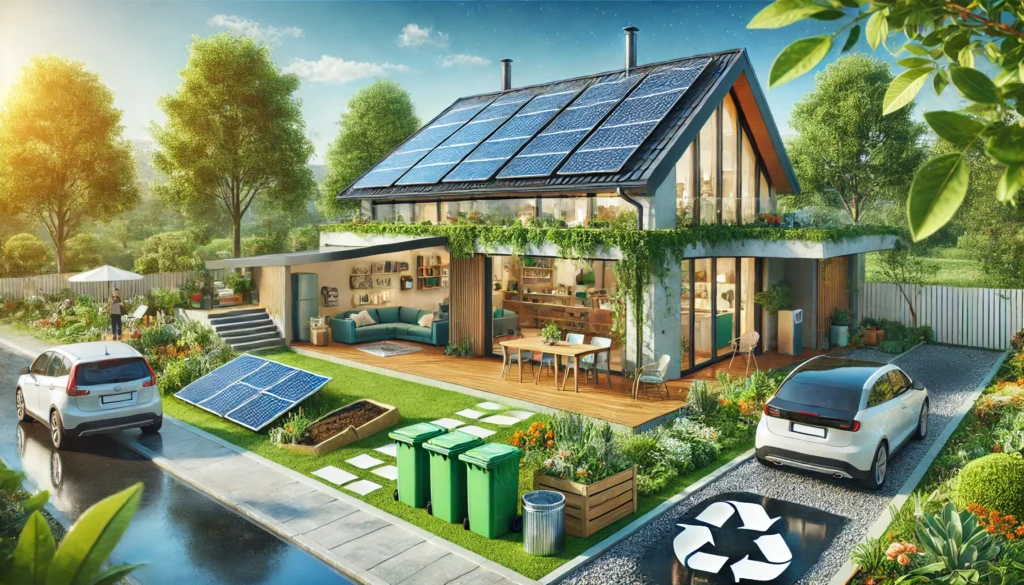Techniques to preserve energy trends and measures to ensure the longevity of residential spaces today have become the primary basics of residential construction. These approaches are essential to create sustainable residential spaces and, at the same time, successfully contribute to the environment with their energy, which becomes even more crucial considering energy preservation, which arises owing to global warming and depletion of renewable resources. Effective strategies to improve these measures often depend on a multifaceted approach that integrates policy, technology, education, and the commitment of the community.
Implementing New Construction Codes
One of the main strategies is to establish rigorous and adaptable construction codes that prioritize energy efficiency. Cities that have adopted these codes have shown success, illustrating the importance of flexibility in hosting new materials and methods, thus promoting innovation in the construction sector.
Constant recapitulations and embracing the modernities of the latest technologies can help create sustainable living spaces that enhance not only the lives of the residents but also reduce the ecological burden.
Role of Financial Stimulus
In addition, encouraging compliance through financial mechanisms such as tax discounts, subsidies, or grants can significantly motivate developers to adopt energy efficiency practices. Consequently, promoting partnerships between government entities and private developers becomes crucial for creating an ecosystem that promotes sustainable construction.
Over the years, it has been proven that financial stimulus improves adherence to norms and standards and also increases the demand for sustainable technology in the market. This has also been testified beyond doubt by the successful urban projects.
Role of Education and Training for Effective Execution
Education and training are also essential components for the correct implementation of energy conservation measures. Providing manufacturers, developers, and municipal planners access to professional development programs related to sustainable practices encourages a culture of awareness and responsibility.
Role of the Community
Recent trends appear that the interested ventures are more likely to invest and execute energy conservation techniques if they understand the long-term benefits of implementing these measures.
The recent trend has highlighted the role of community participation in managerial and decision-making roles in the affairs of creating sustainable living spaces. The trends have evidently shown that higher community participation ensures more efficiency in the implementation of energy preservation measures as the values of energy preservation get imbibed in the community itself.
The experiences of the cities that have implemented participatory planning models reveal that inclusive strategies improve the overall effectiveness and responsibility for sustainability initiatives.
Steps to Ensure Sustainable Housing Standards
There are many steps that can be taken to ensure better and sustainable housing standards, some of them are listed below:
- Developing enhanced codes of building infrastructure
- Providing financial stimulus to private enterprises
- Ensuring active participation and responsibility of the local population
- Promoting scientific temperament and adopting the latest technology
By integrating these measures into the existing codes of construction, achieving the goal of sustainable living spaces is no herculean task.
Conclusion
So far, significant progress has been made by the government as well as the private enterprises to make sure that sustainable housing facilities become the standard norm, yet a long way is still to be covered. Achieving better housing facilities is not just crucial for the residents to be able to cherish and maintain theit residents for years to come but also for the environment which is getting significantly overburdened due the depletion of resources and over population. Thus, creating better living space is not just a demand but has become a need considering the current situation of the environment and also with an eye towards the future.

